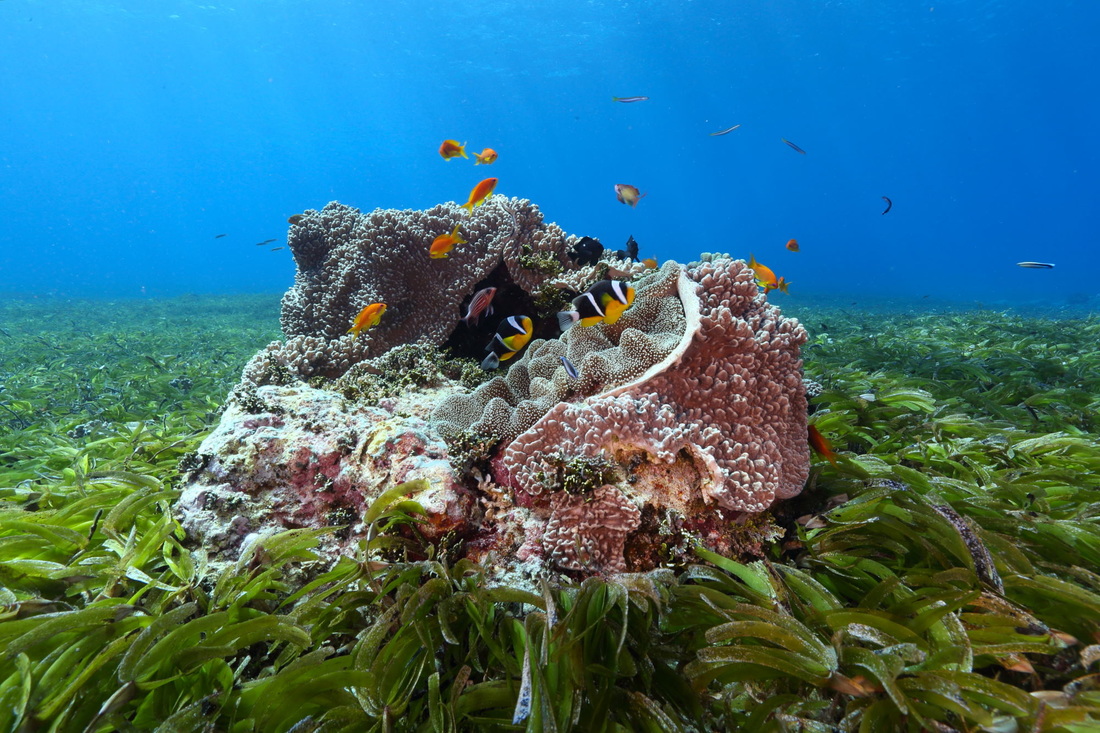
In the outer atolls of the Seychelles, Pristine Seas divers found rich marine ecosystems; here, Mauritian anemonefish and orange basslets congregate around a group of anemones and soft corals. (Photo by Manu San Félix/National Geographic Pristine Seas)
ASC volunteers are going deep to learn more about the scope of aquatic microplastic pollution—literally. The divers of National Geographic Explorer-in-Residence Dr. Enric Sala’s Pristine Seas team work to find, survey and protect the last wild places in the ocean, and for the last year they’ve been gathering samples for the ASC Global Microplastics Initiative from beneath the ocean surface.
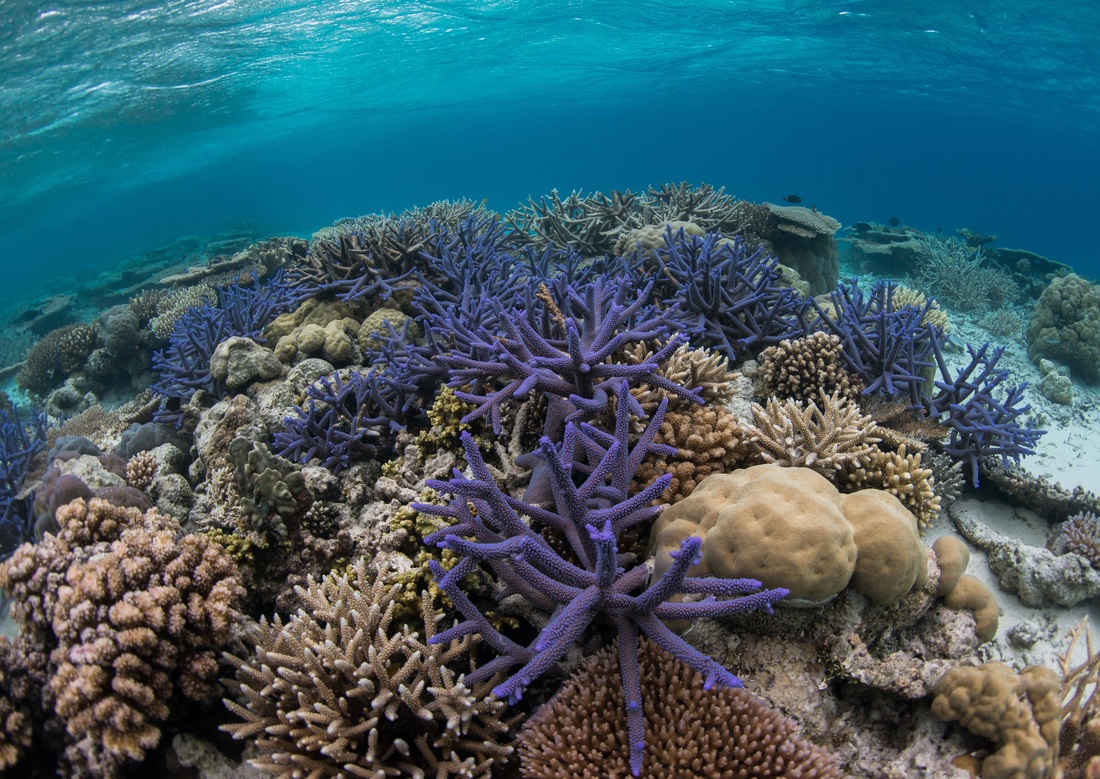
A variety of hard corals, such as this Staghorn coral, populate the sea floor of Palau’s shallow reef, observed by the Pristine Seas team during a scientific expedition. (Photo by Enric Sala/National Geographic Pristine Seas)
Marine creatures of all types and sizes are affected by microplastic pollution: Often ingested by smaller aquatic life, it passes up the food chain, bringing with it the toxins that commonly absorbed by plastic particles.
Pristine Seas included the findings from their ASC samples in a report to the Government of Palau, which you can read here, and have since gathered samples from remote waters in the Seychelles and Baffin Bay.
In Palau, the Pristine Seas team collected 22 samples—half on the surface and the rest at three and five meters below the surface. ASC microplastics researcher Abby Barrows found that the Palau samples gathered below the ocean surface contained a higher number of microplastics—263 pieces in total—compared to 191 from the surface samples.
In the Seychelles, Pristine Seas team collected another 22 samples, both on and below the water surface. In those, Barrows found an average of 6 pieces of microplastic per liter, a maximum of 52 pieces per liter, and only one sample with no plastics. Again, more microplastics were present in the samples from below the surface.
The expedition helped to inspire the President of Palau to create a National Marine Sanctuary around 80 percent of the country’s waters last month.
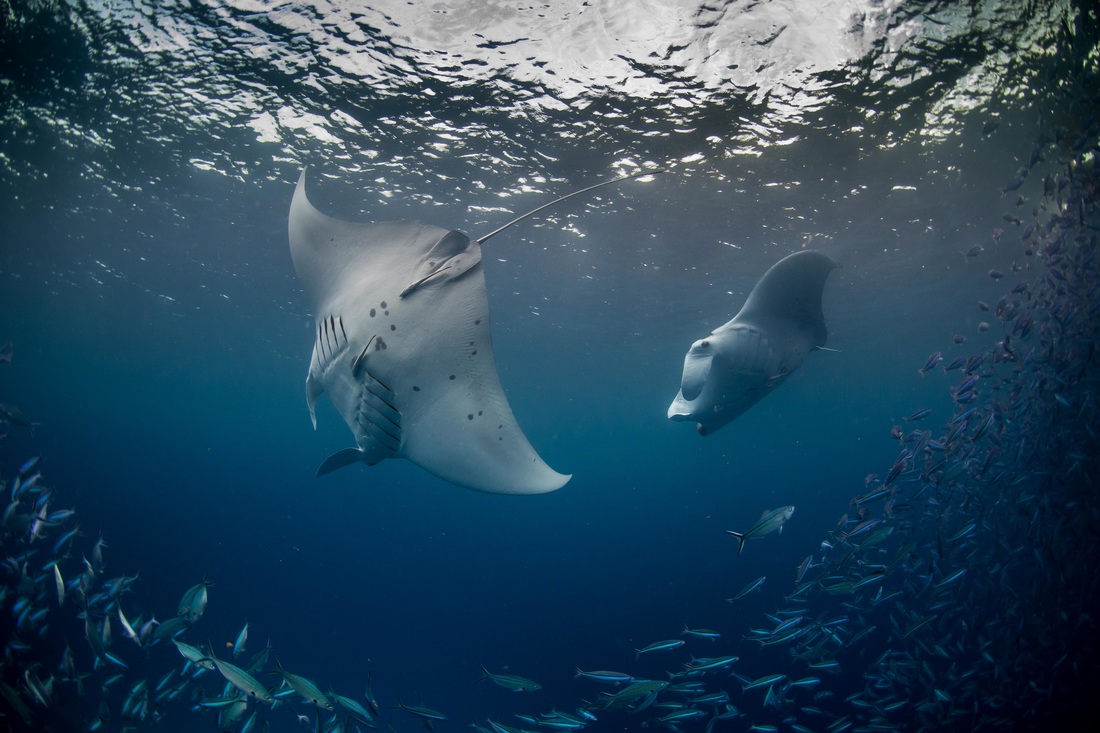
Off the coast of Palau, two graceful manta rays captivate the Pristine Seas divers as they glide by, filtering plankton. (Photo by Enric Sala/National Geographic Pristine Seas)
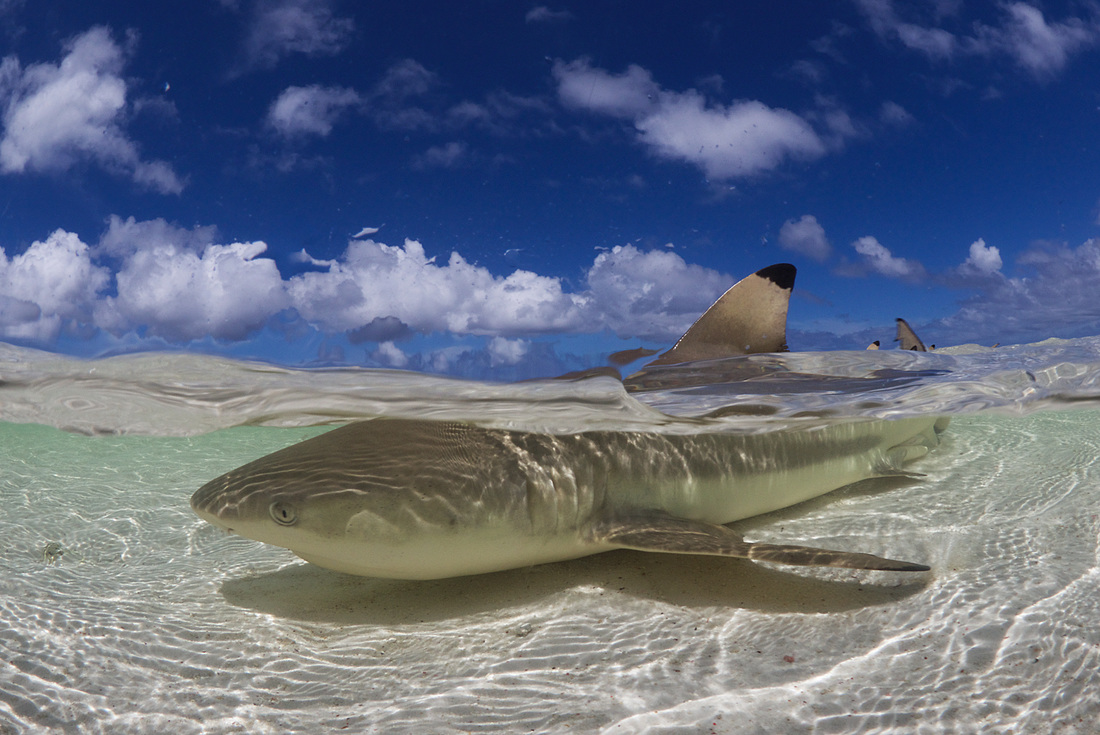
Young blacktip reef sharks readily approach the camera in the shallows of Aldabra lagoon, surveyed on a Pristine Seas expedition to the Seychelles. (Photo by Manu San Félix/National Geographic Pristine Seas)
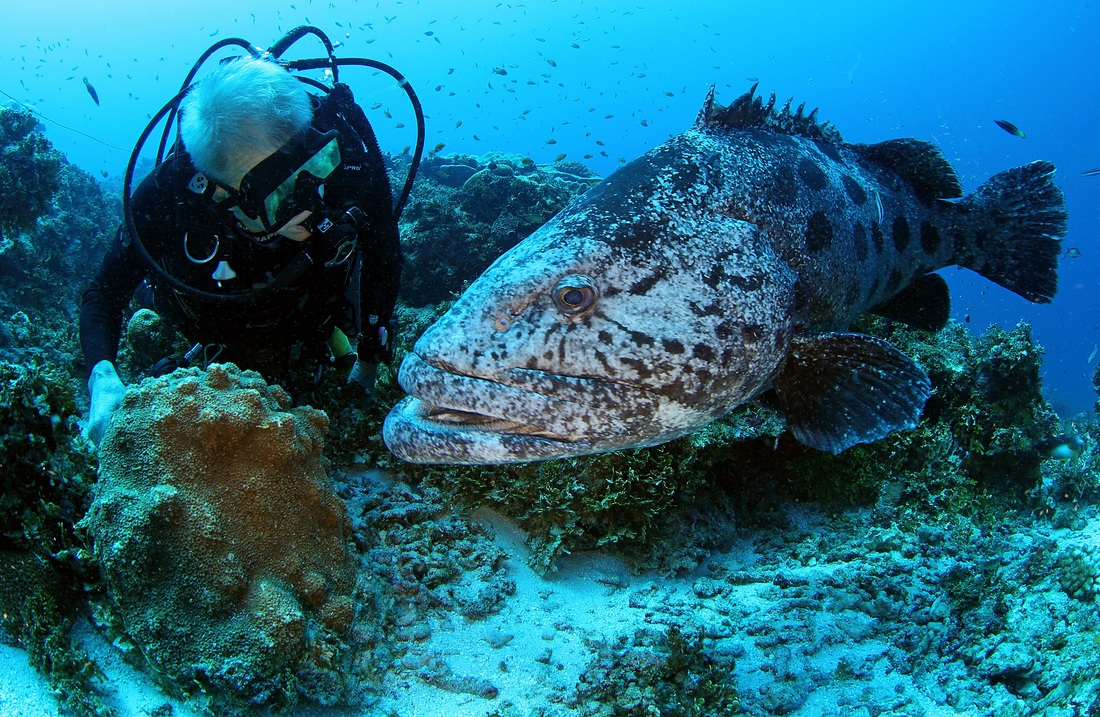
A Potato cod at Assumption Island follows a Pristine Seas diver during the expedition to the Seychelles. (Photo by Manu San Félix/National Geographic Pristine Seas)
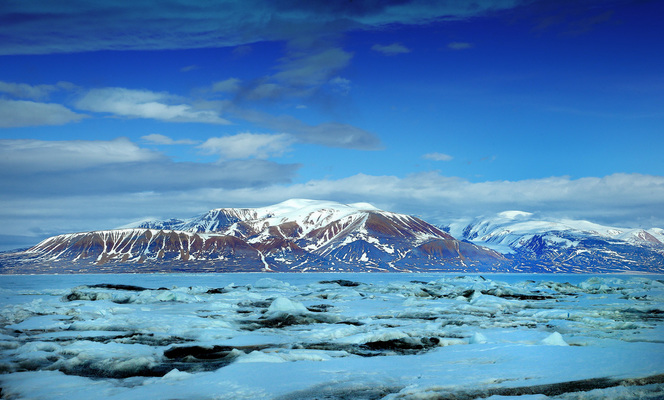
Frozen and ice-covered in winter, the inlets of Canada’s Baffin Island begin to open up in summer as the ice melts. (Photo by Manu San Félix/National Geographic Pristine Seas)
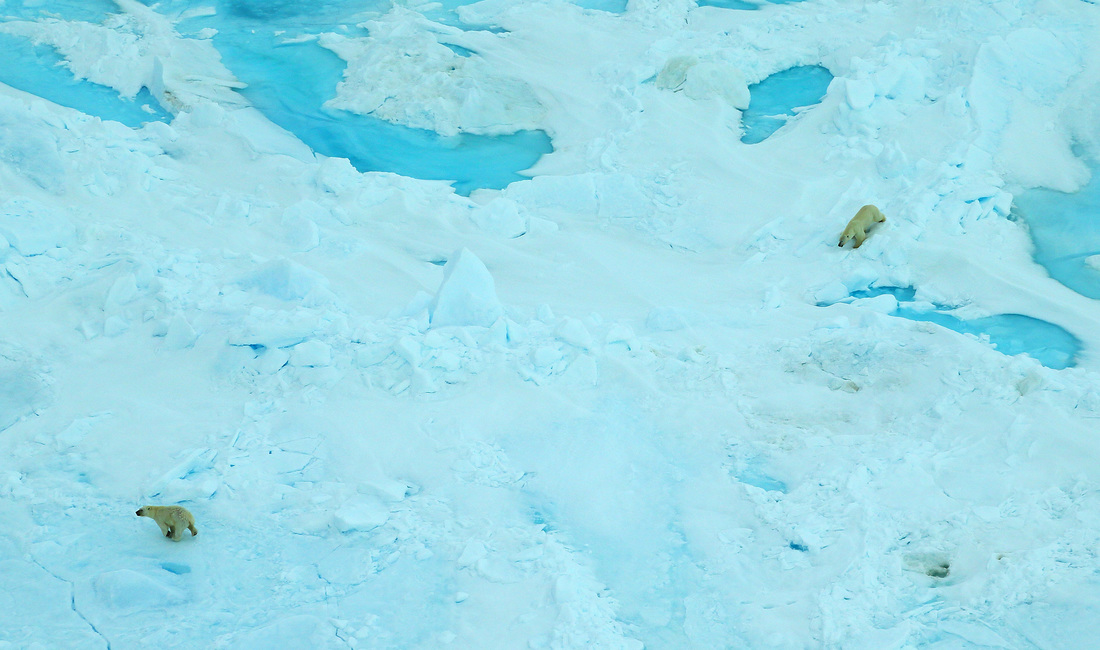
Polar bears navigate the icy terrain of Baffin Island, where the Pristine Seas team conducted an expedition to document how changes in the sea ice are affecting local wildlife. (Photo by Manu San Félix/National Geographic Pristine Seas)







